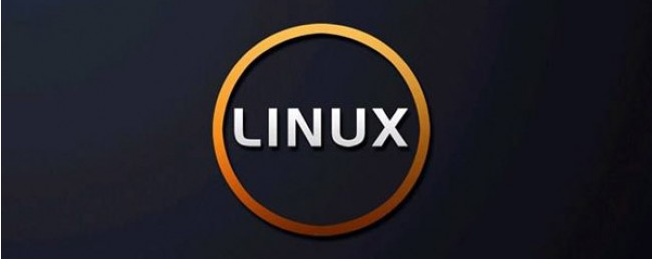
Have you ever had the experience of deleting some sensitive or important files in your Linux system, but later found that these files did not really disappear, but were restored or stolen by others? If so, then you definitely need to know how to delete files safely in Linux system. This article will teach you how to completely delete files with simple commands to make your data more secure.

In most cases, we are accustomed to using Delete key, trash or rm command to delete files from our computer, but this is not a permanent and safe way to delete files from hard drive (or any storage media) method.
This file is just hidden from the user, it resides somewhere on the hard drive. It can be recovered by data thieves, law enforcement or other means.
Assuming the file contains classified or confidential content, such as usernames and passwords for secure systems, an attacker with the necessary knowledge and skills can easily recover a deleted copy of the file and access those user credentials (you can guess the consequences of this scenario) ).
In this article, we will explain some command line tools for permanently and safely deleting files in Linux.
shred will overwrite the file to hide its contents, and optionally delete it.

In the following command, the options are:


You can find more usage options and information in shred's help page: 
The wipe command securely wipes files from disk, making it impossible to recover deleted files or directory contents.
First, you need to install the wipe tool, run the following appropriate command: 
The following command will destroy all files in the private directory.

When using the following flags:


Note: wipe only works reliably on magnetic storage, so use other methods for solid state disks (memory).
Read the wipe manual for additional usage options and instructions:

secure-delete is a collection of secure file deletion tools, which includes the srm (secure_deletion) tool for secure file deletion.
First, you need to install it using the following relevant commands:

After the installation is complete, you can use the srm tool to safely delete files and directories in Linux.

The following are the options used:


Read the srm manual for more usage options and information:

sfill, part of the secure-deletetion toolkit, is a secure and free disk and inode space eraser that securely deletes files from available disk space. sfill checks the available space on the specified partition and fills it with random data from /dev/urandom.
The following command will execute sfill on my root partition, using the -v option to enable verbose mode:

Assuming you created a separate partition /home to store the normal system user home directory, you can specify a directory on that partition to apply sfill on:

You can see some restrictions in the sfill manual, and you can also see additional usage flags and commands:

Note: The other two tools in the secure-deletetion toolkit (sswap and sdmem) are not directly relevant to the scope of this guide, however, for future use and the purpose of spreading knowledge, we will introduce them below they.
It is a secure partition eraser, sswap deletes the data present on the swap partition in a safe way.
Warning: Please remember to unmount the swap partition before using sswap! Otherwise your system may crash!
To find the swap partition (and to check whether paging and swap devices/files are already in use, use the swapon command), next, use the swapoff command to disable paging and swap devices/files (making the swap partition unavailable).
Then run the sswp command on the (closed) swap partition:


Read the sswap manual for more options and information:

sdmem is a secure memory eraser designed to delete data in memory (RAM) in a safe manner.
It was originally named smem, but because on Debain systems there existed another package smem - which reports per-process and per-user memory consumption, the developers decided to rename it to sdmem.

For more usage information, read the sdmen manual:

Through this article, you have learned how to delete files safely in Linux system. You can choose to use the rm or shred command to achieve this purpose according to your own needs. Whether it is rm or shred, you need to pay attention to the use of some parameters and options, as well as some possible problems and solutions.
The above is the detailed content of How to safely delete files and directories in Linux. For more information, please follow other related articles on the PHP Chinese website!




